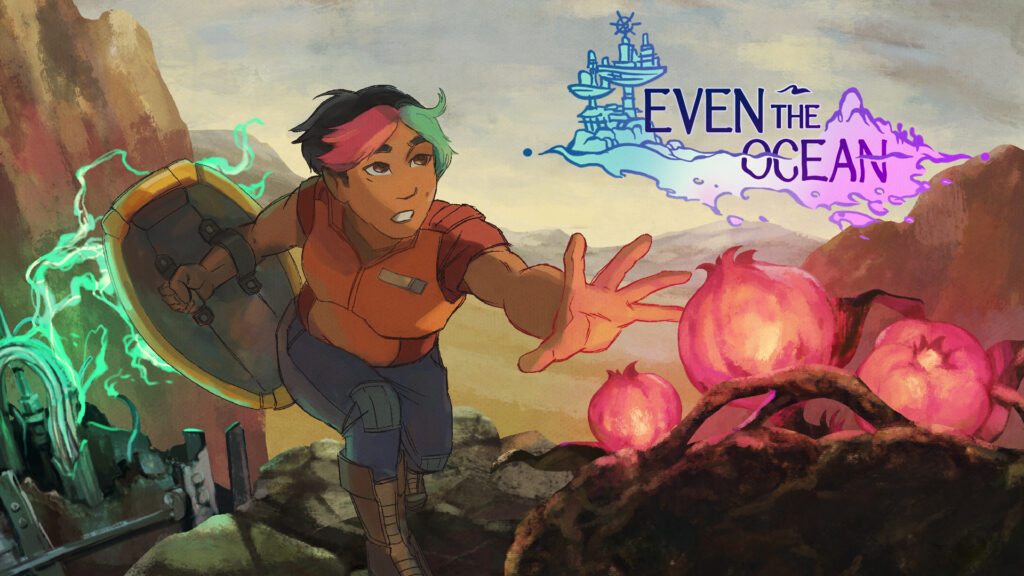
More and more, the primary goal of games isn’t just the gameplay. Games weave a narrative story as much as they provide an activity. That’s abundantly clear in Even the Ocean from Analgesic Games and publisher Ratalaika Games which actually offers you the option to just play the narrative alone or just play the gameplay alone. Both are valid choices and offering the option to gamers is an interesting way to present a game.
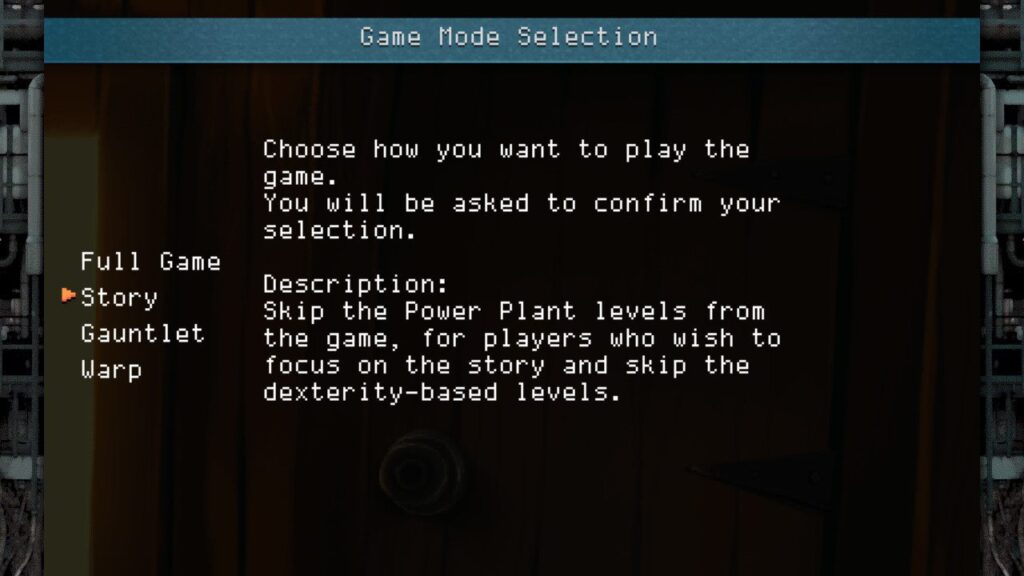
Even The Ocean follows Aliph, a power plant technician thrust into circumstances beyond her control. After an accident, she ends up single-handedly attempting to fix all the power plants in the area with her trusty shield. Like a lot of things about Even the Ocean, it’s a bit sophomoric but it works. The main thrust of the game is guiding Aliph through the various areas and fixing the power plants to restore energy to Whiteforge City.
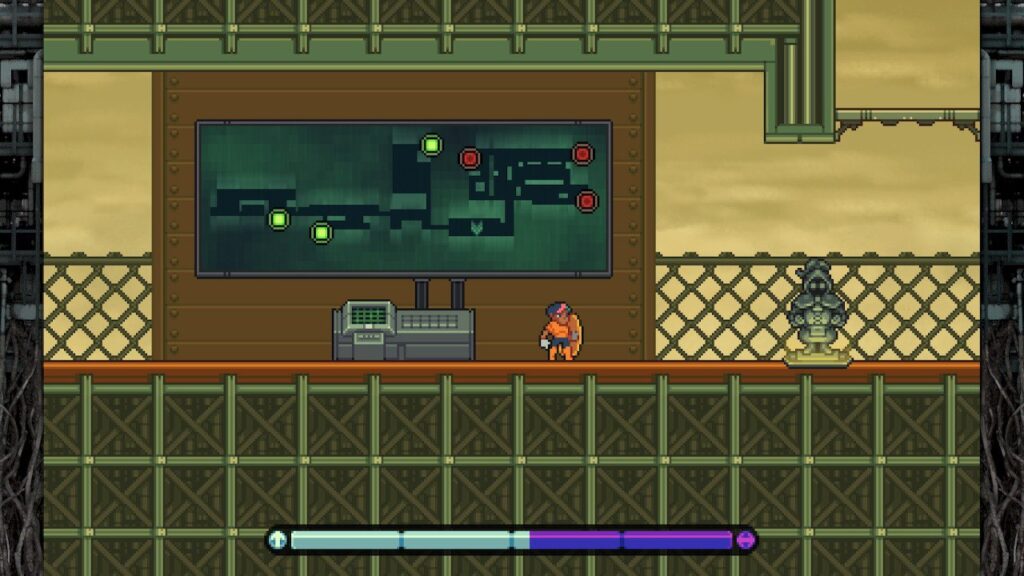
Energy is important in Even the Ocean. The game is designed primarily about issues of balance and nothing says that more bluntly than the unique life bar design of the game. Everything runs on light and dark energy, represented by green and purple colors. Green light energy is vertical, for example allowing for the building of Whiteforge City. Purple energy is horizontal energy. You can absorb both purple and green energies, allowing you to jump higher or further. Absorbing the opposite energy will return you to balance. Absorb too much green or purple energy and your body goes out of alignment, killing you. It’s an interesting way to run a life bar, forcing you to reconsider bulling you way through levels. Go out of balance the wrong way and you jump too high or far, right into a trap or enemy. Don’t absorb enough and you might not make the jump.
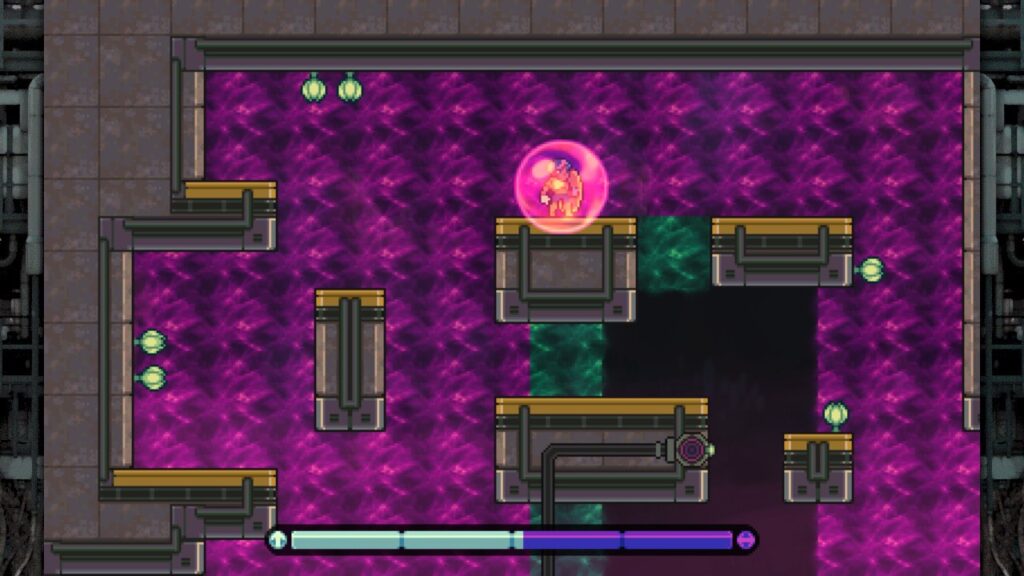
Realistically though, it all sounds a bit more dramatic than it actually is. Even the Ocean is an easy game, even by easy game standards. The puzzles, while often a bit long, are not hard at all and rarely require even a moment’s hesitation to solve if you’ve used to environmental puzzles. If you’re expecting clever, challenging puzzles that will make you think, such as the ones in Evan’s Remains which we reviewed here a little while back, look elsewhere. Often once you get moving, you can skim past half of the challenges in a level with nary a look, making for a decidedly simplistic feel to the game. If you’re skipping the story for gameplay, you might be a bit underwhelmed here.
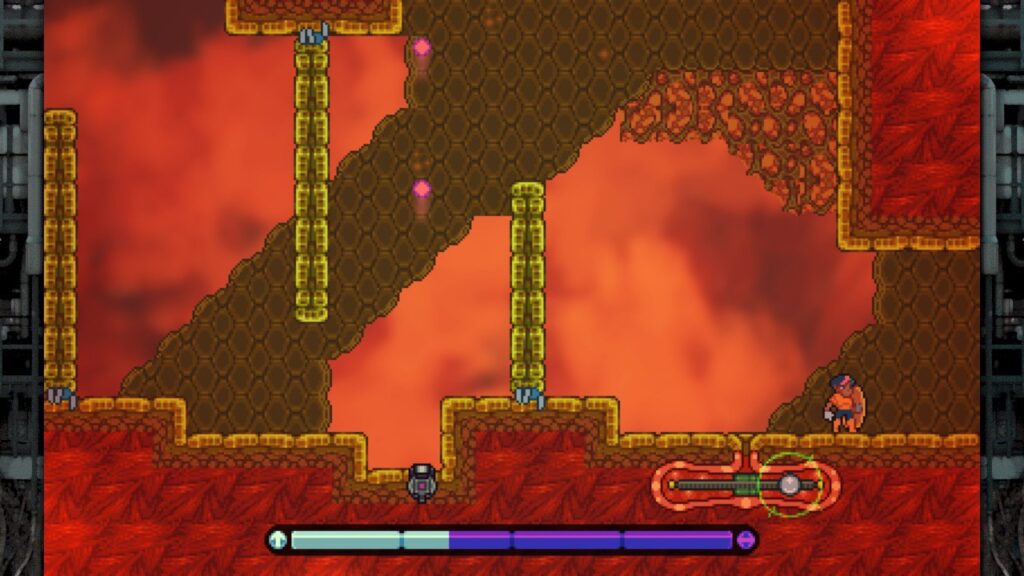
That’s not to say gameplay is badly designed. Aliph controls absolutely beautifully. Controls are precise and reactive, important for an environmental platformer. Clever use of background effects, color energy, and even your shield make for interesting challenges. It’s one of the nicer controlling games out there and rarely feels floaty or unfair. The only problem is that the excellent controls actually end up making the game itself easier.
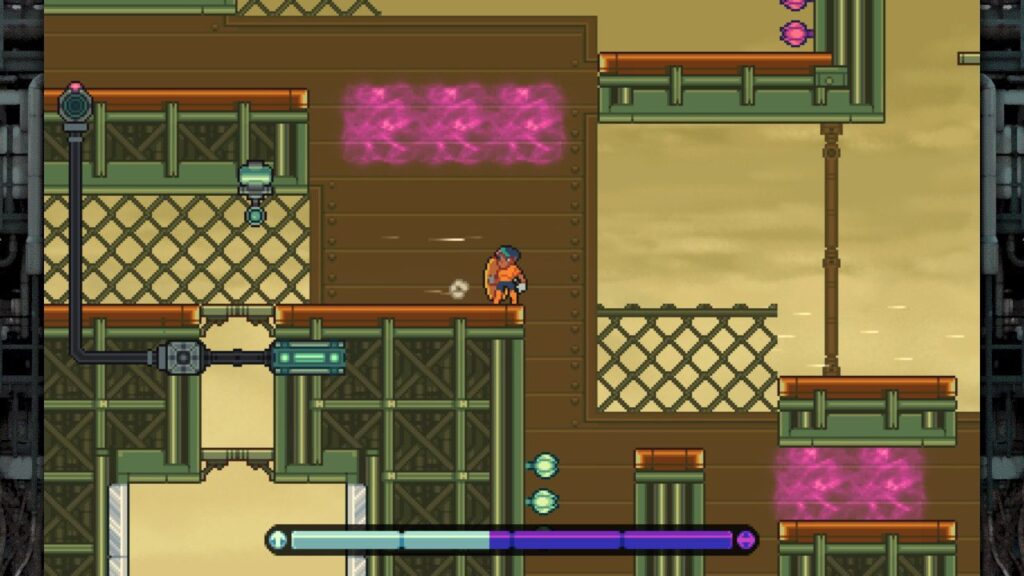
But there’s more to Even The Ocean than just the gameplay. There’s a whole story here as well, and one that the developers thought was good enough to allow you to choose the story mode and simply read the story. Sadly, it’s simply not that compelling. Aliph is on a mission from the mayor of Whiteforge City to fix all the power plants. There’s a power dynamic with the mayor that’s slowly expanded as you play. Along the way she also meets a motley cast of characters, including her almost-love-interest, and throughout the game they have a on and off relationship. They’re not together, but it’s implied that they likely will be. In addition, the themes of balance and consequence are expanded through the narrative. Unfortunately, much like the platforming elements, it’s all a bit too simplistic. The entire story is simplistic and heavy-handed. The dialogue is well-written, but the plot itself is surprisingly predictable and falls flat by the end. Nothing is really a surprise here and there’s simply not enough nuance and character development for any of the characters to feel more than two-dimensional. There’s also a fair amount of LGBTQ subtext here, which isn’t an issue of course, but is mentioned because it felt like the game was trying to present it through the storytelling. This also fails and comes off a bit poorly in the story as those themes aren’t fully developed either.
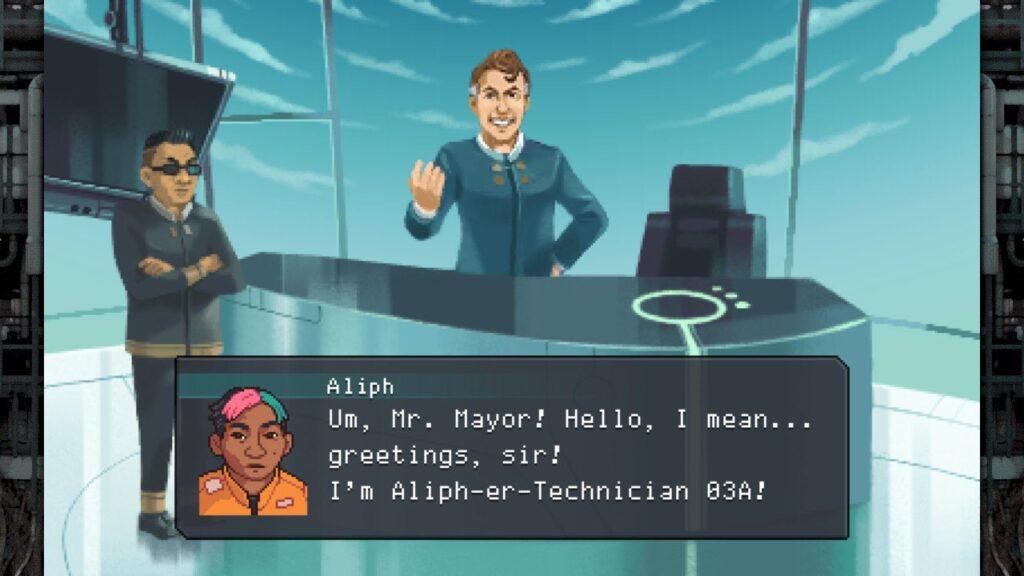
Visually, Even The Ocean looks as good as it plays in the gameplay levels, with excellent background artwork and character animation. The cinema style sequences fare more poorly, feeling like 80s NES clips at best and fairly unsatisfying with their static images. The overworld sequences are worst and seem muddy and blurry, not even taking up the full screen. Sound design is limited on Even The Ocean as well, and the music, while not bad, is unmemorable and fades into the background quickly.
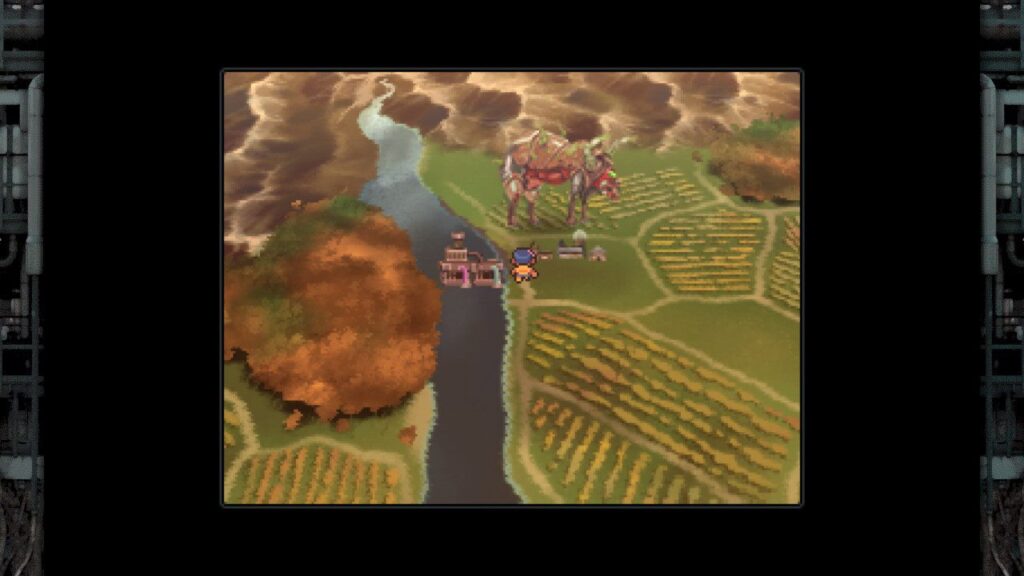
As with most Ratalaika games, the price point is fairly low on Even The Ocean at $15, but it really should be a $10 game, especially when you can blow through it in 5 or 6 hours tops. This is a game with decent gameplay value, a bit of replayability (there’s some after-game content too), and an ok story that won’t keep you on the edge of your seat. A handful of gamers will be enthralled by it and absolutely love it, but most will likely be a bit underwhelmed. It’s a nice effort from a small indie studio, but it’s definitely not the greatest thing out there for the price. Pick Even The Ocean up on sale if you’re on the fence, as it’s certainly not a bad game!
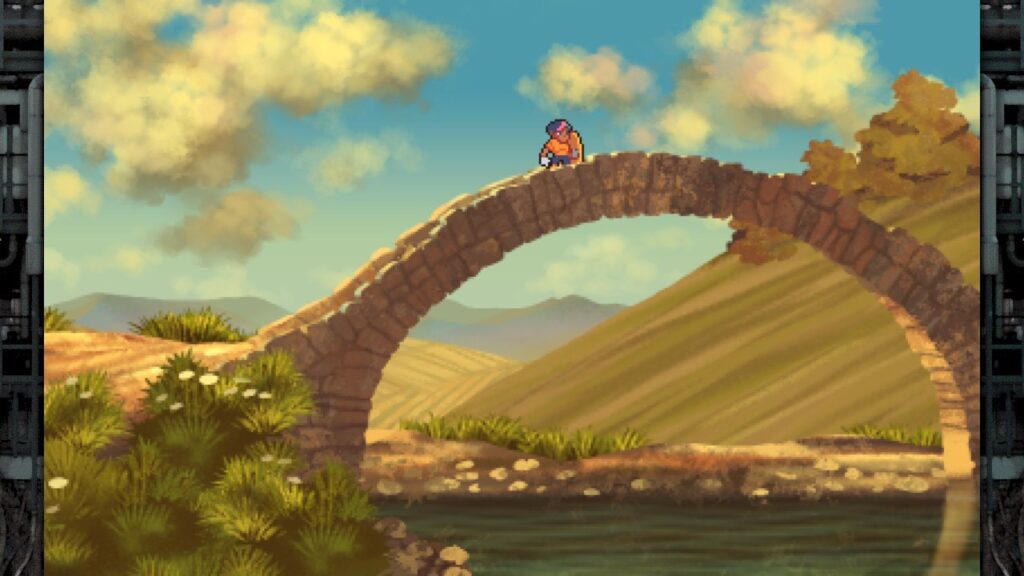
This review was based on a digital copy of Even The Ocean provided by the publisher. It was played on a Nintendo Switch in both docked and undocked modes and played equally well in both. All screenshots are of actual gameplay. Even The Ocean is also available on PS4, Xbox One, and PC on Steam.

